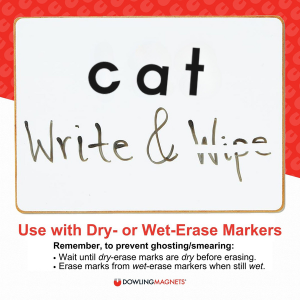Reading Success for Students with Visual Impairments: Materials & Strategies
Imagine trying to learn to read when every word blurs together. Watching TV feels like looking through a fogged-up window. Even everyday tasks — distinguishing food on a plate, finding a dropped object, or moving through a familiar space — come with extra challenges. This is life for more than 50 million Americans with low vision, a condition that can’t be corrected with glasses or contacts.
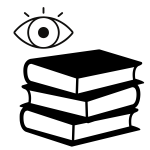 A well-lit classroom with high-contrast color schemes, oversized materials, and tactile cues can make many tasks easier for students with visual impairments. Using assistive aids and tools such as magnifiers, screen readers, text-to-speech apps, and large-print materials at work, home, and school can also help.
A well-lit classroom with high-contrast color schemes, oversized materials, and tactile cues can make many tasks easier for students with visual impairments. Using assistive aids and tools such as magnifiers, screen readers, text-to-speech apps, and large-print materials at work, home, and school can also help.
When teaching students with low vision, seating them near the front of the room (closest to the whiteboard) and addressing glare from overhead lighting or backlit windows (swap fluorescent bulbs with LEDs and close blinds/curtains) can make a big difference.
 In support of Low Vision Awareness Month, we’re also sharing a couple of high-contrast learning tools that make learning letters, phonics, word building, and handwriting significantly clearer for students (of all ages) with low vision, including:
In support of Low Vision Awareness Month, we’re also sharing a couple of high-contrast learning tools that make learning letters, phonics, word building, and handwriting significantly clearer for students (of all ages) with low vision, including:
Black text on a white background provides a high level of contrast, making letters and words easier to read. Solid, bold fonts without serifs are also easier for people with low vision and visual impairments to read.
With 108 bold, black, serif-free letters, our sets of high-contrast Black Foam Fun Magnet Letters (in uppercase and lowercase versions) are perfect for letter identification, phonics, word building, and handwriting lessons on your whiteboard.
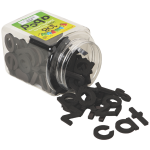 If you’re unable to adjust the lighting in your classroom to make your whiteboard work well for students with visual impairments, these black letters also work well on magnetic lapboards (for 1-2 students), such as those below, or even on light-colored desks/tabletops.
If you’re unable to adjust the lighting in your classroom to make your whiteboard work well for students with visual impairments, these black letters also work well on magnetic lapboards (for 1-2 students), such as those below, or even on light-colored desks/tabletops.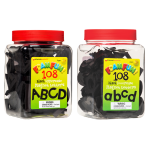
Measuring 2 inches high, these oversized magnets are easier to see than smaller magnets, and students love to “feel the foam,” encouraging tactile engagement. Each magnet is also constructed of a solid piece of flexible magnet sheet, eliminating slippage and increasing durability over flimsier versions.
Working up close is helpful for students with visual impairments, including those with low vision. Our Double-Sided Magnetic Dry-Erase Boards bring learning right to the forefront!
Using our flexible Foam Fun Black Magnet Letters and/or dry- or wet-erase markers (on our Double-Sided Magnetic Dry-Erase Boards), students can practice letter recognition, phonics, word building/spelling, and even handwriting on their own desks or in their laps.
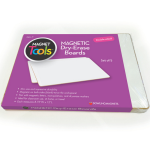 This sturdy set includes 5 portable, reusable boards students can use to practice again and again.
This sturdy set includes 5 portable, reusable boards students can use to practice again and again.
Creating a supportive classroom environment and selecting the right teaching tools are essential for students with low vision.
Equally important are early detection, intervention, and school support, which play a critical role in student success. Students with low vision qualify for special accommodations, including assistive technology, large-print books, braille, and more.
Specialists at your school can assess, recommend, and guide families through the process of requesting and receiving appropriate support to foster learning success.
Tags: black foam magnetic letters , black letter magnets , black magnet letters , black magnetic letters , high-contrast reading manipulatives , high-contrast reading materials , literacy magnets , literacy manipulatives , low vision , manipulatives for visual impairment , materials for students with low vision , materials for students with visual impairments , reading magnets , reading manipulatives , visual impairments
Share This:


